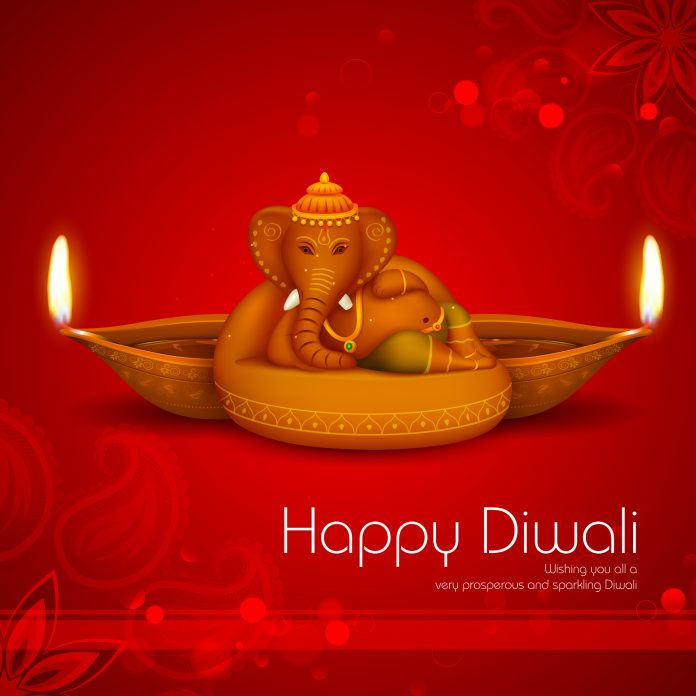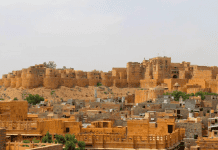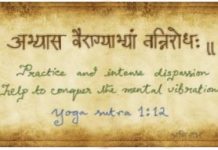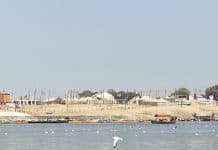Today is the second day of the festivities of Diwali, which began with Dhanteras celebrations yesterday. The second day is known as Narak Chaturdashi – also known as the Narak Nivaran Chaturdashi or Roop Chaudas and more popularly among people as Chhoti Diwali. Almost all the traditional pujas that take place on the Diwali night are carried out on Chhoti Diwali as well. People start lighting diyas and light up their houses in colourful lights. The doorstep of the house is adorned with beautiful flower and colour rangolis and diyas.
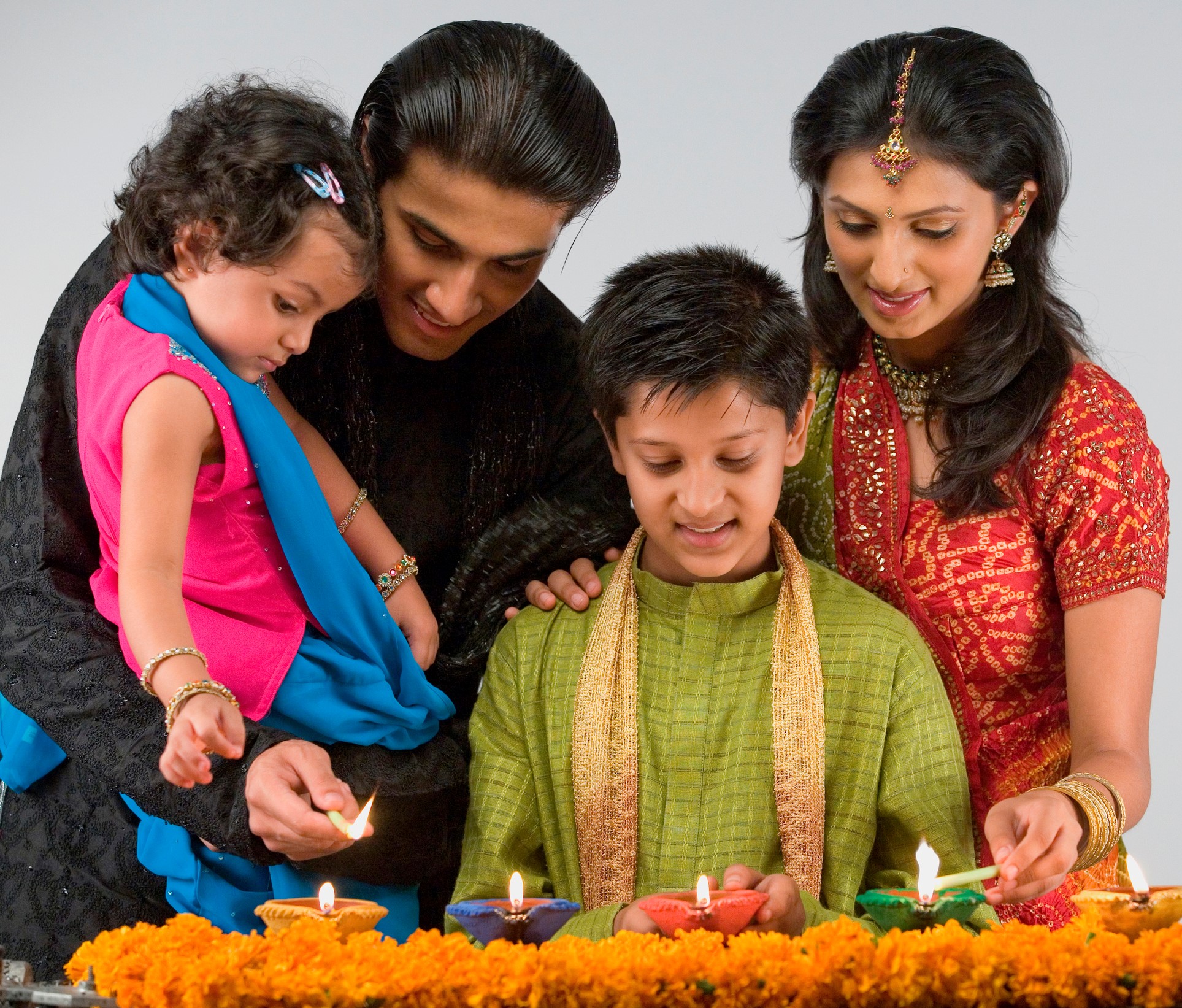
Narak Chaturdashi has many interesting legends attached to it. It is also called Kali Chaudas, a day when Goddess Kali is worshipped. Goddess Kali is the fierce form of Goddess Shakti (Ma Durga) and it is the deity of central importance on Narak Chaturdashi. The fierce Goddess Kali is said to be the destroyer of all the negative aspects and evil elements. She is also known as the face of destruction and regeneration. It is believed by worshippers that seeking her blessings on Kali Chaudas ensures protection from all negative energies and victory over enemies.
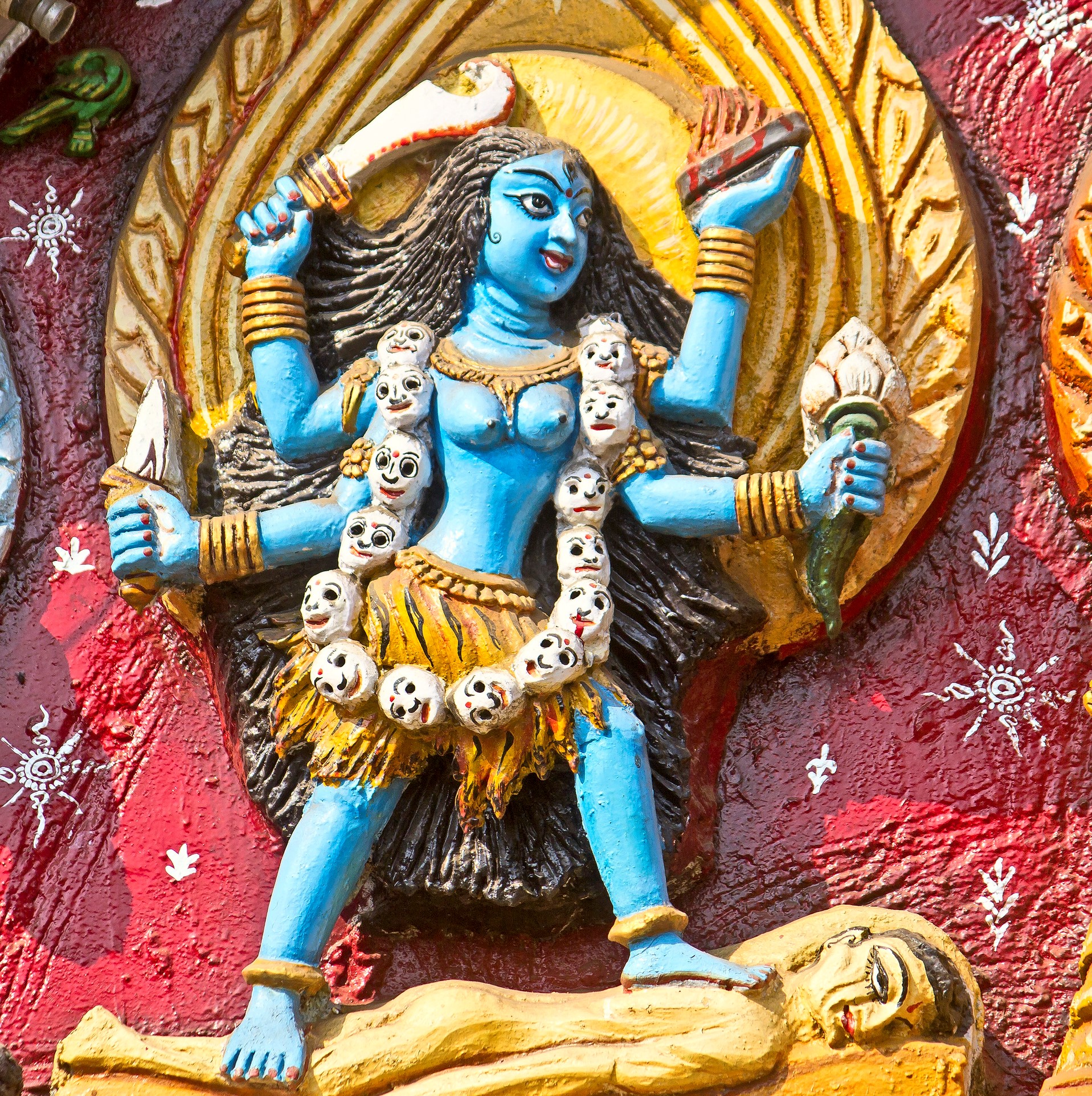
This day is also associated with the slaying of the demon Narakasura by Lord Shri Vishnu. The legend goes thus: Narakasura was one of the most terrible and ferocious rakshasas (demon) and had achieved great power on earth as well as in heaven. Even the powerful king Indra could not save the Devaloka or Swargaloka (heaven) from the barbaric demon’s attack, and thus he had to flee. In this situation, all the devas (gods) sought the help of the all-pervading Lord Shri Vishnu, who assured the devas that, in his incarnation as Krishna, Narakusara’s end would be brought about. And, indeed, a fierce battle between Lord Krishna and the demon ensued and the latter was easily decimated. This killing of the demon is believed to have happened on the Narak Chaturdashi or Roop Chaudas day.
There is yet another tale behind the celebration of Narak Chaturdashi. When Hanuman, the beloved devotee of Shri Ram, was just a baby, he saw the sun and, thinking it to be a wonderful fruit, gobbled it up, throwing the entire world into pitch darkness. On Kali Chaudas day, all the gods and demi-gods pleaded with Hanuman to release the sun but Hanuman did not agree, so Lord Indra attacked him with his thunderbolt, which hit Hanuman on the mouth and the sun came out, and then there was light again in the world.
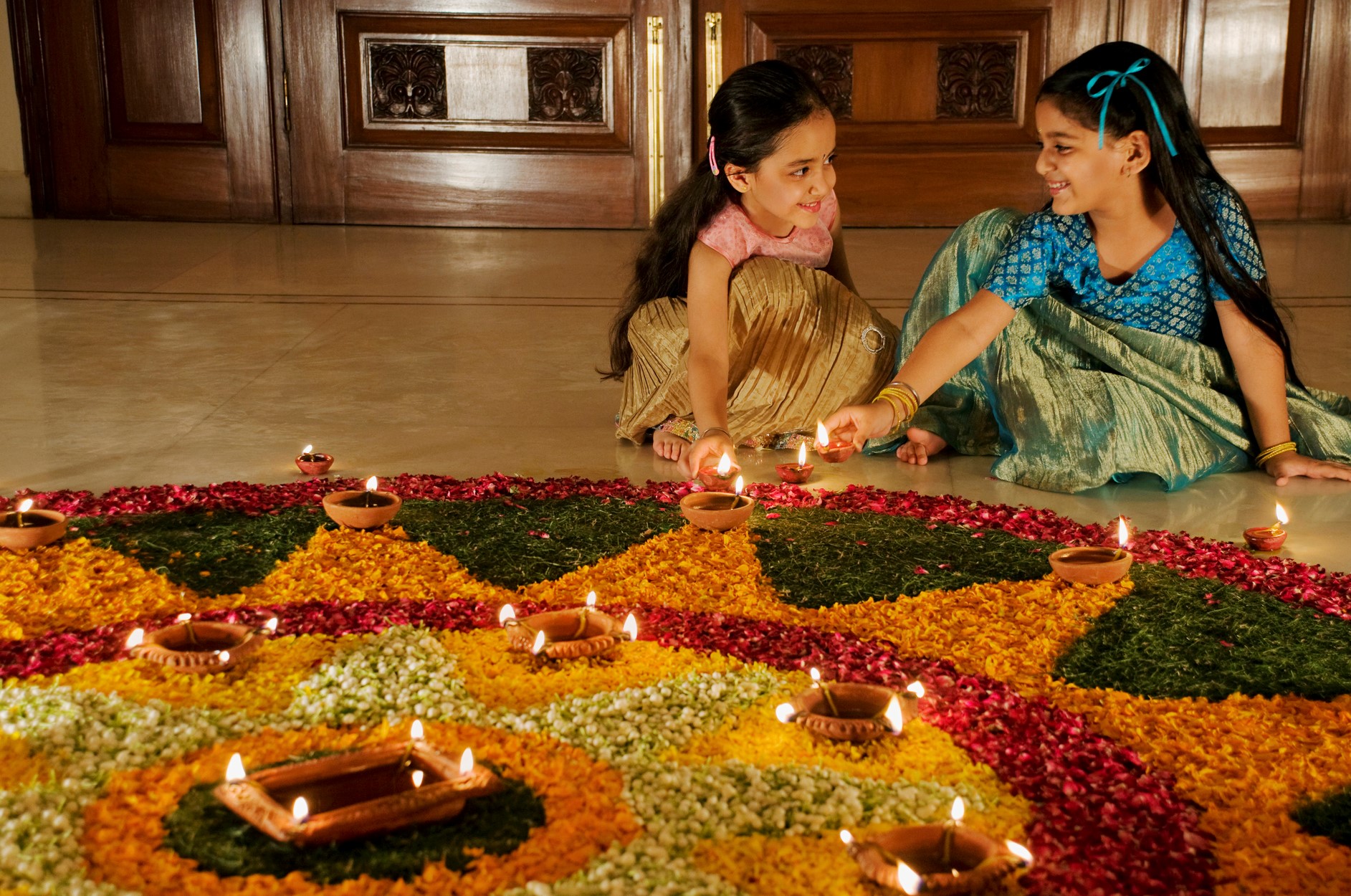
Chhoti Diwali is celebrated with a lot of gaiety in India. People start exchanging sweets and visiting friends and family a day before the big night of Diwali. Get-togethers to celebrate Diwali with friends are common. And this brings us to the third night of Diwali on Kartik Amavasya – the night of Lakshmi puja. There is a tradition in Maharashtra to keep mud figurines of Lakshmi and gauriputra Ganesh for the evening Lakshmi puja. Silver and gold coins are used in the puja as Goddess Lakshmi is the goddess of wealth. Sweets and jalebis in raw milk are used for prasad. The figures are subsequently immersed in the sea or river or lake, whichever is close by.
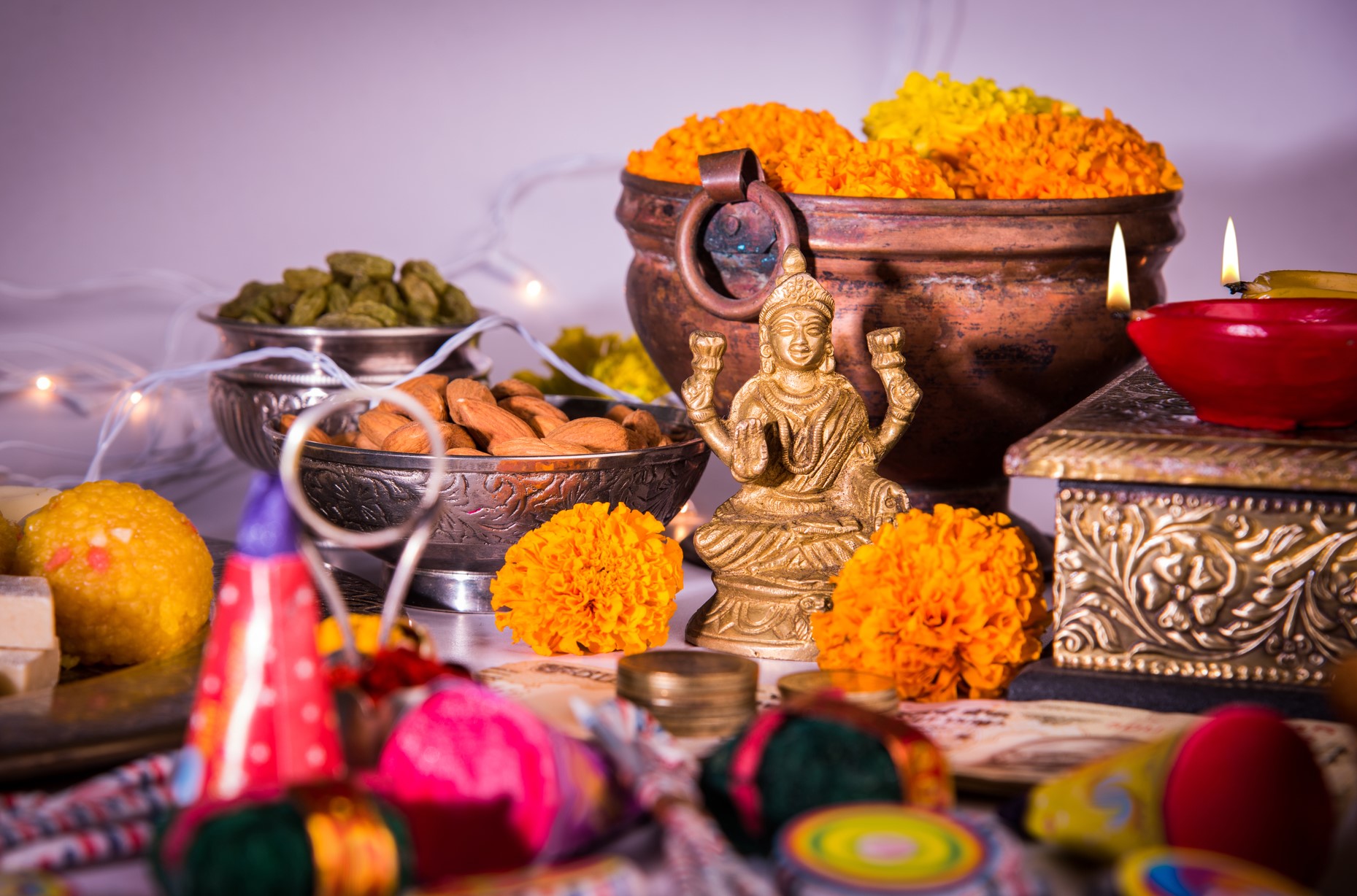
The Lakshmi puja on Diwali is a ritual that not only takes place in people’s homes in India but also in their offices. People hold big puja ceremonies in their offices with the entire staff participating. Even the Bombay Stock Exchange has a puja every year on Diwali in Mumbai. There is a strong belief and faith amongst the Hindu community that Goddess Lakshmi visits their houses on the night of Diwali – so much so that families have a tradition to leave the front doors of their homes open while the puja ceremony is on.
Diwali is the festival of festivals, especially for Hindus all over the world, and is celebrated with a lot of pomp and revelry. People gather at each other’s houses commemorating and greeting each other Happy Diwali. This, of course, is a great time for all children who, despite the ban on firecrackers for many years in various Indian cities, find a way to burst crackers. Many types of sweets do the rounds – people traditionally gifted each other dry fruits and sweets on Diwali but chocolates and cookies are also becoming a norm now. Along with sweets, other items like crockery make for popular Diwali gifts. In big cities like Mumbai and Delhi, parties and huge gatherings are common, although traditional families like to stay home for their Diwali puja and venture out only once that is done.

So the night of nights, the festival of festivals, Diwali is here – it beckons the believers and the non-believers to come together and participate in the revelry. It cuts across religious distinctions and is celebrated by people of other faiths and that is the beauty of it. Not only in India, but this festival is celebrated widely by Hindus and often people of different faiths all over the world, including the US, the UK, Dubai, and wherever there is a huge Indian diaspora.
India Beckons wishes all its readers a fabulous Diwali, a Happy Diwali, a safe and pollution-free Diwali, and an auspicious and prosperous Diwali – a Shubh Deepavali. May there be light, love, happiness, joy, and prosperity in your lives and may you be able to spread this joy and light to others.


